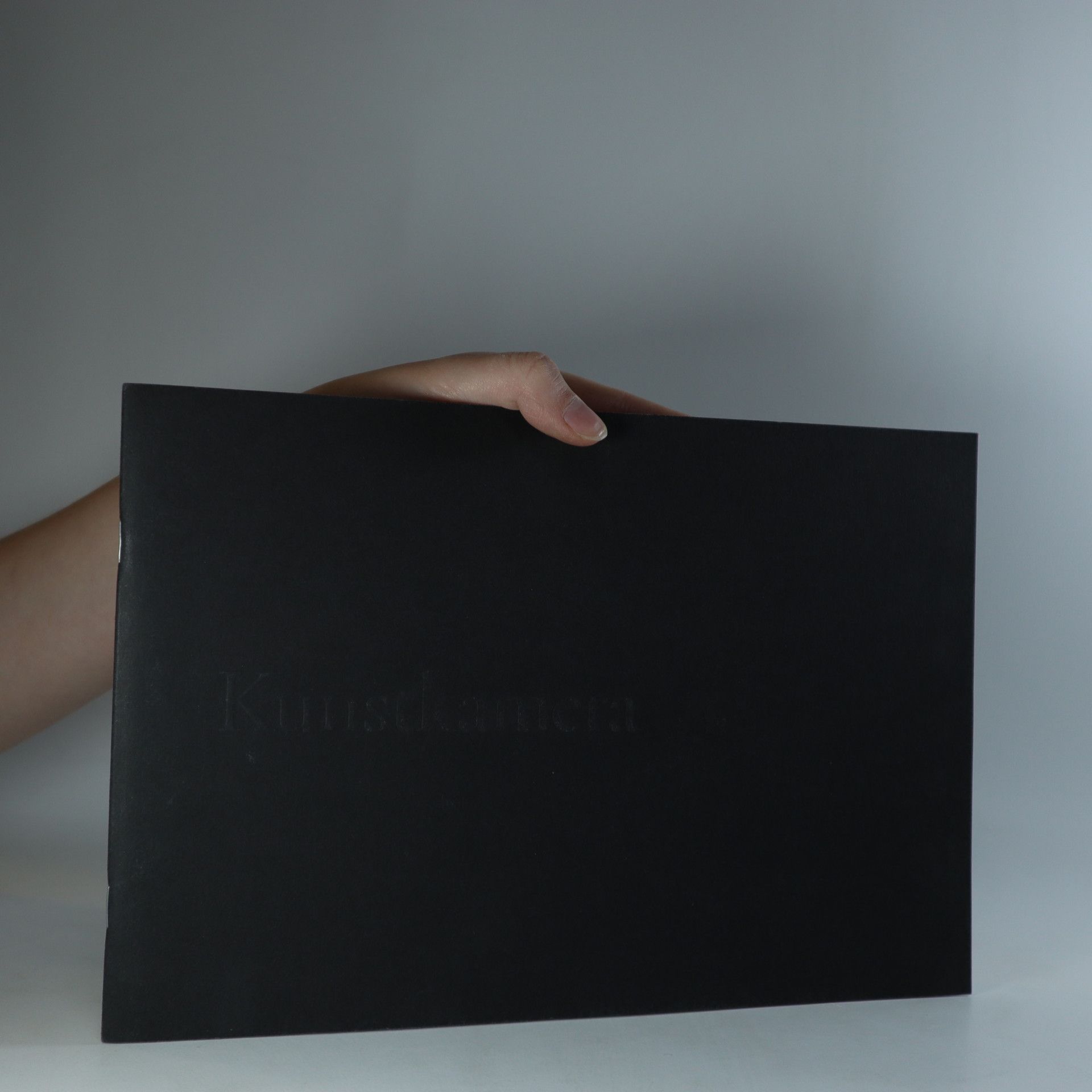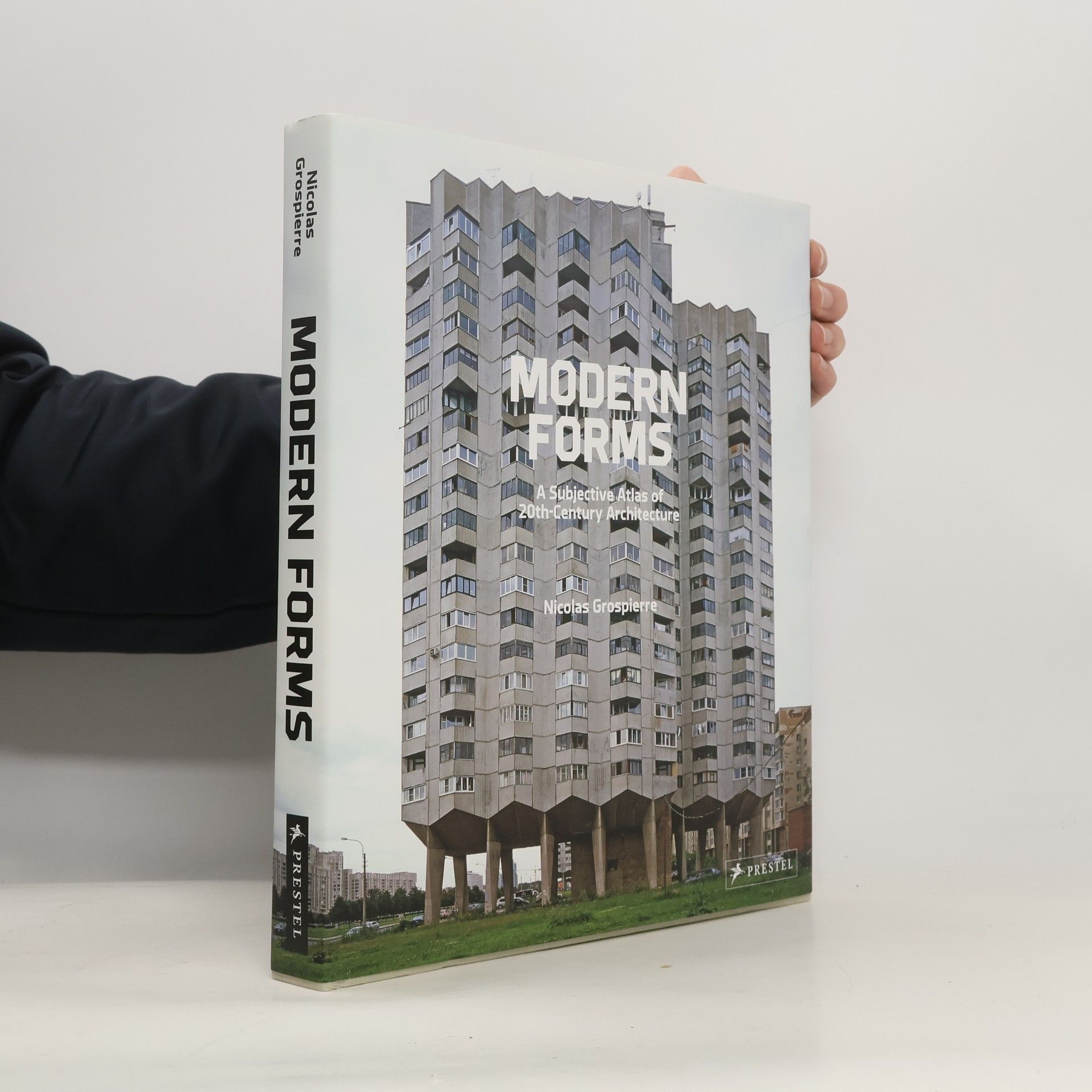Form precedes function in this stunning visual archive of nearly 200 images of modern architecture by award-winning photographer Nicolas Grospierre. At once a reference work and a personal exploration of modernist architecture, this fascinating collection of Nicolas Grospierre’s photography covers structures built between 1920 and 1989 in Europe, North and South America, the Middle East, North Africa, and Asia. These images range from iconic buildings, such as the Gateway Arch in Saint Louis and the Ukrainian Institute of Scientific Research and Development in Kiev, to little-known structures such as the Balneological Hospital in Druskininkai, Lithuania or Oscar Niemeyer’s unfinished International Fair Grounds in Tripoli. Derived from his popular blog, A Subjective Atlas of Modern Architecture, and organized by architectural form, this book reveals how modernist architecture is the embodiment of political and social ideologies, especially in public institutions such as banks, churches, libraries, and government buildings. Following the series of full-page images, an index details the location, date, architect and purpose of each building.
Nicolas Grospierre Knihy



A House for Culture (Dom dla kultury) Nicolasa Grospierrea ukazuje formalne podobieństwa między budynkami kibuców i kołhozów wzniesionych w miejscach oddalonych od siebie setki kilometrów. Przedstawione budowle nie tylko dzieli odległość geograficzna, lecz także różnią krąg kulturowy i ustrój polityczny, w jakich powstały. Z kolei łączą je uniwersalny język modernistycznej architektury i kultura rozumiana jako przestrzeń do budowania i rozwijania więzi międzyludzkich. Projekt wyróżnia się walorami artystycznymi i stanowi kontynuację charakterystycznego dla autora języka wizualnego, który skupia się na frontalnej dokumentacji powtarzalności form w architekturze modernizmu, obecnych niezależnie od funkcji.